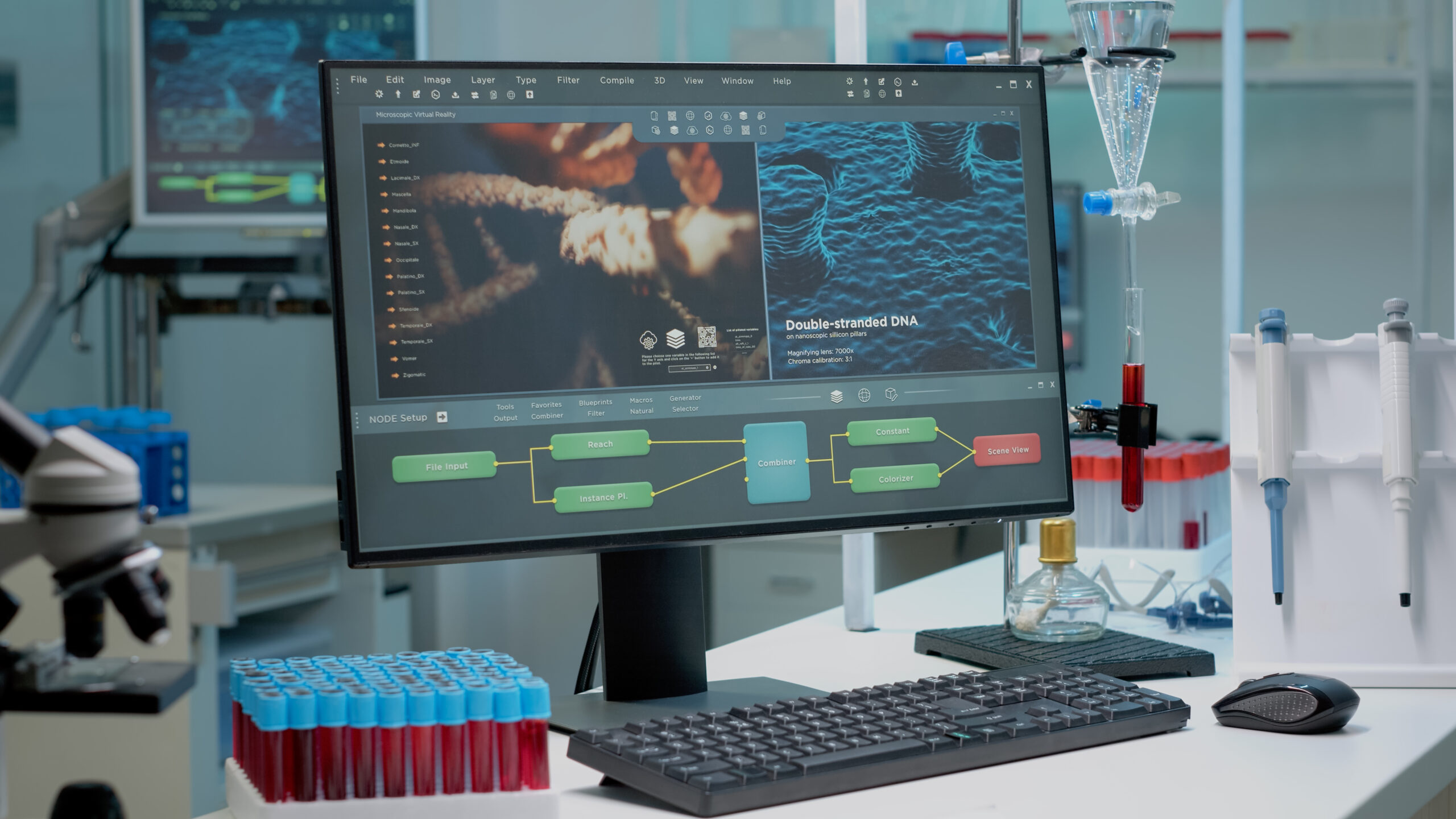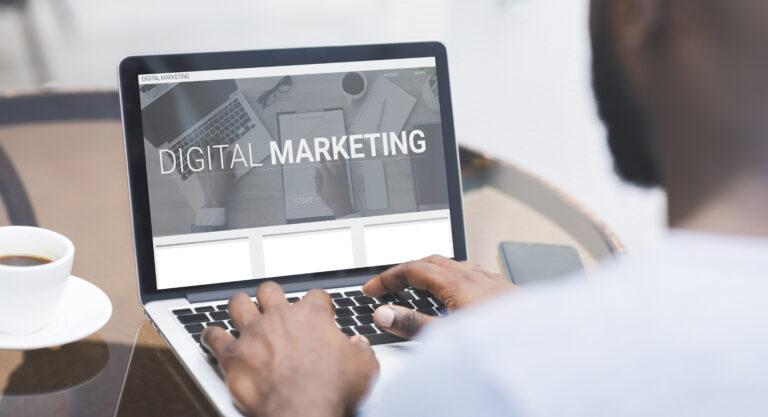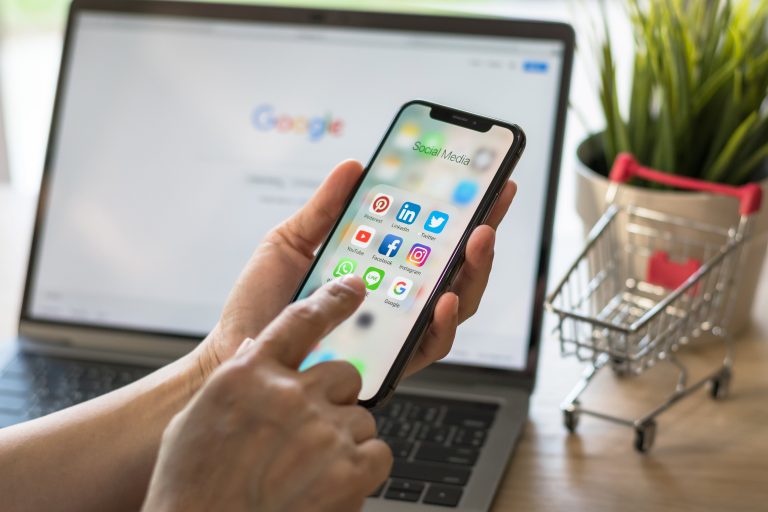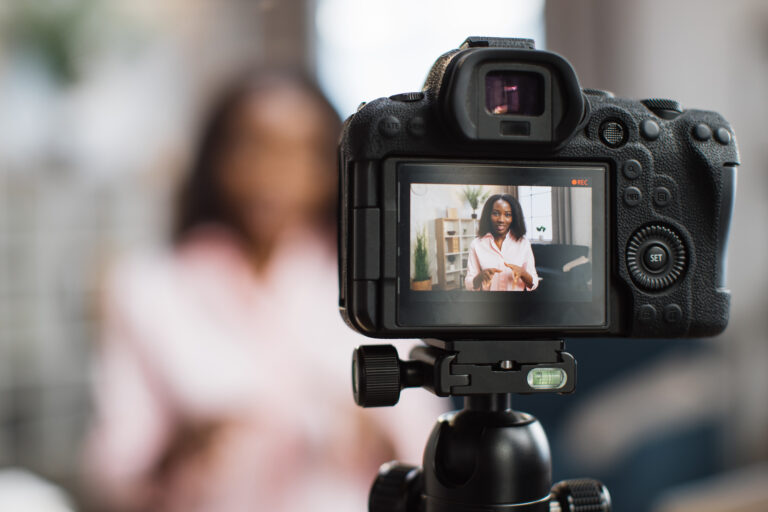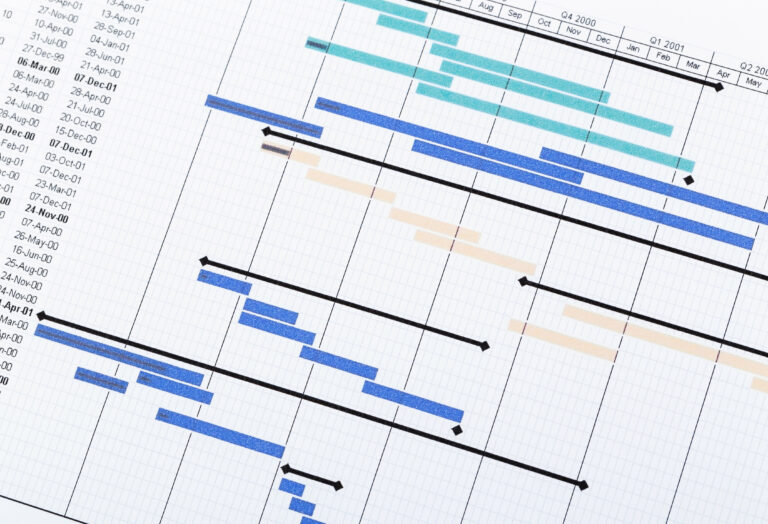Patient testimonials are patient-led videos where a patient talks through their experience with your medical device and how it helped change their life. These types of videos work well when approaching patients, as it can be a comfort for them to know they are not going through it alone.
These testimonials should include a whole range of different types of footage beyond just interviewing your patient. B-roll (or extra background footage) can complement your videos, for instance, showing the patient doing activities and living their life.
These style videos are all about telling a story and creating that connection between you and the audience. It’s important to prep your patient and make sure you cover topics that answer questions that future patients might have.
One of the great advantages of patient testimonials is after creating your long-form video; it can be broken down into several shorter clips which can be used for social media.
Learning to maximise your content can be game-changing for a company’s marketing, so if you are looking to level up, have a look at our article on Repurposing content: How to create more by doing less.

